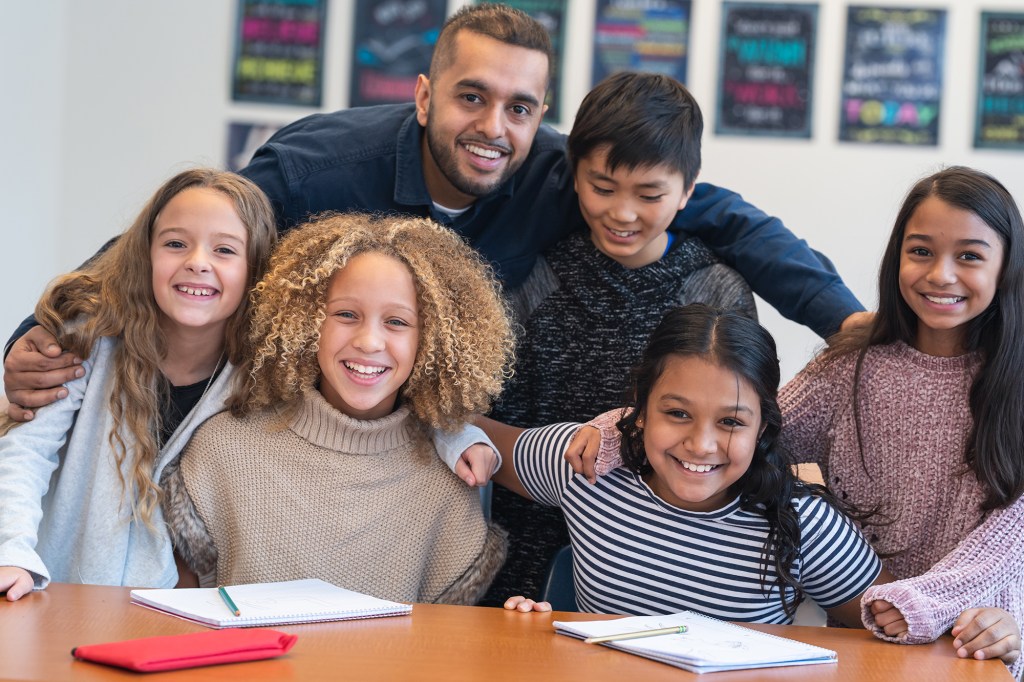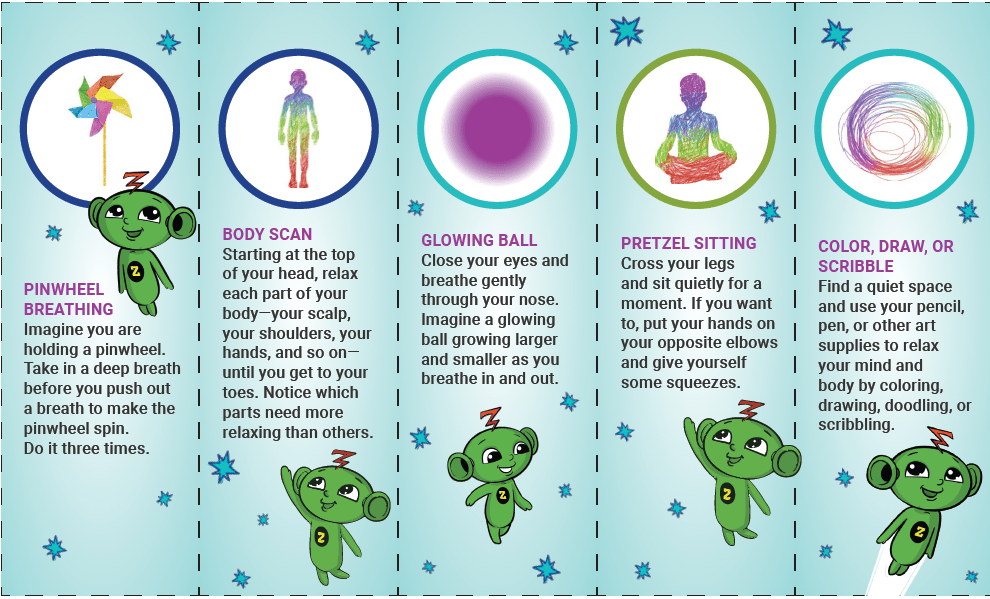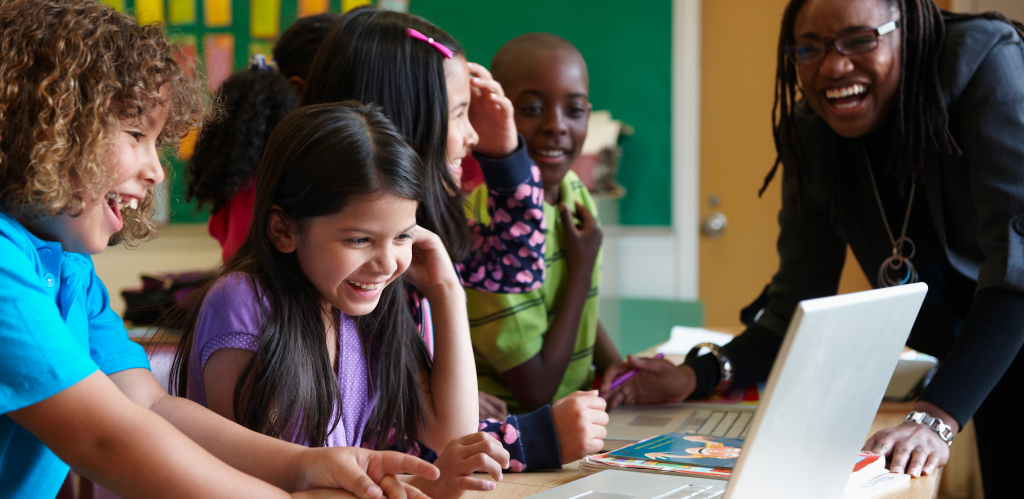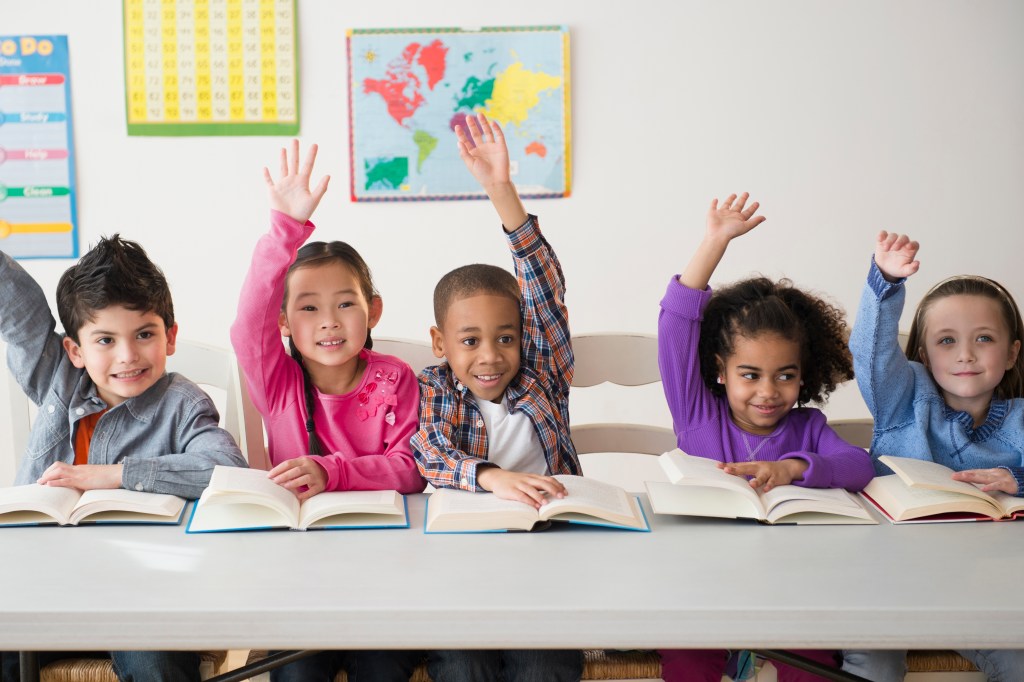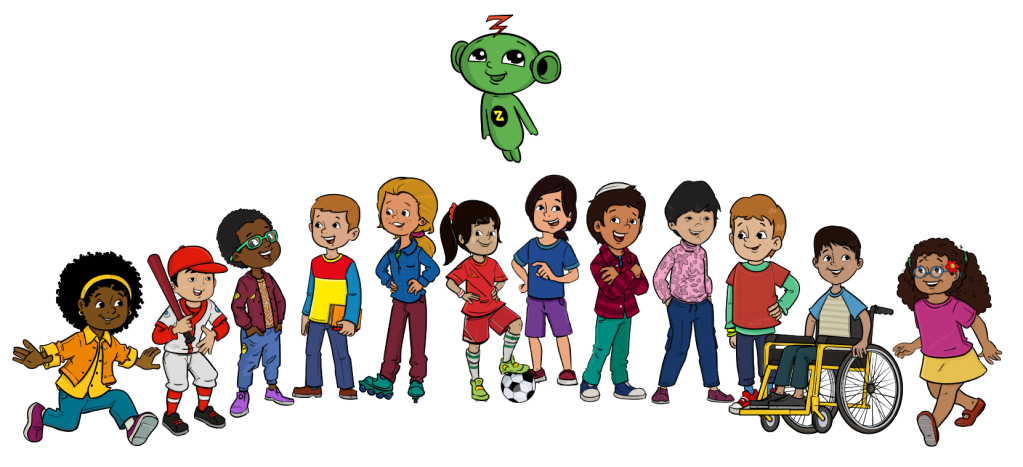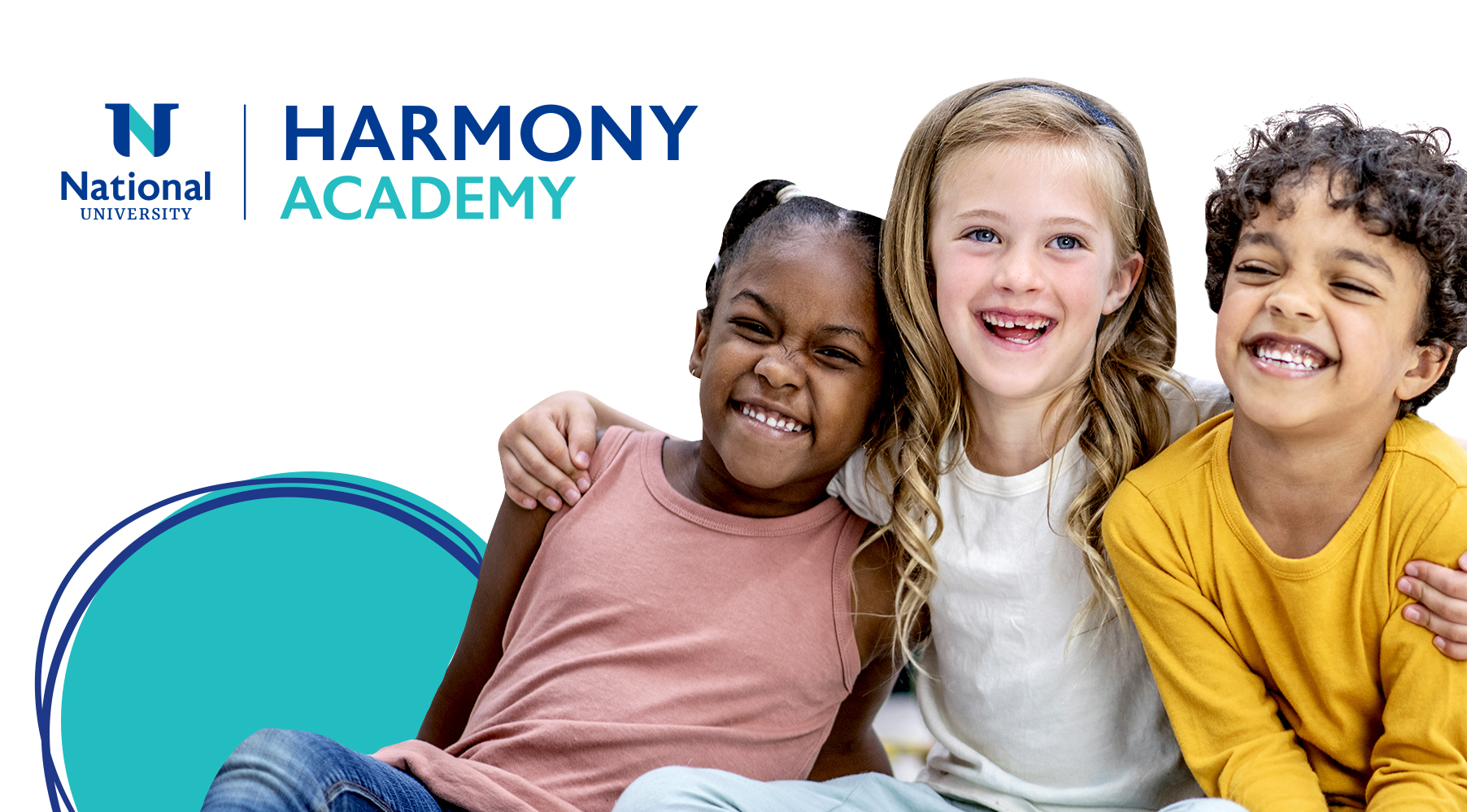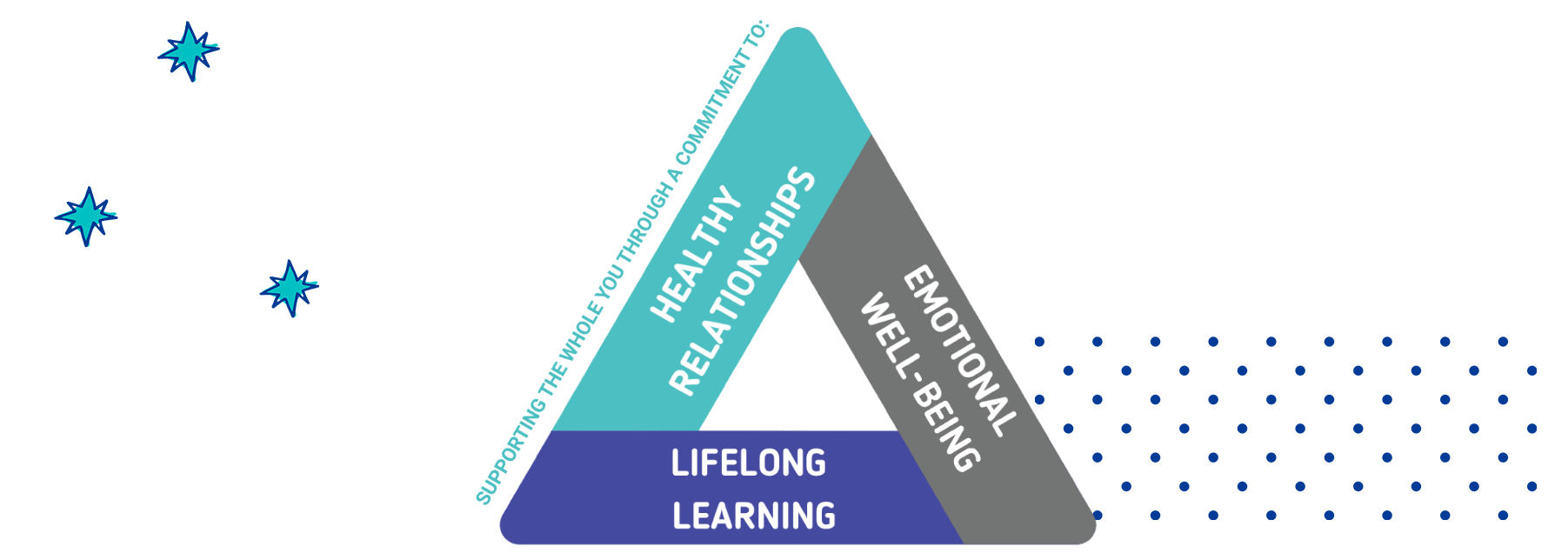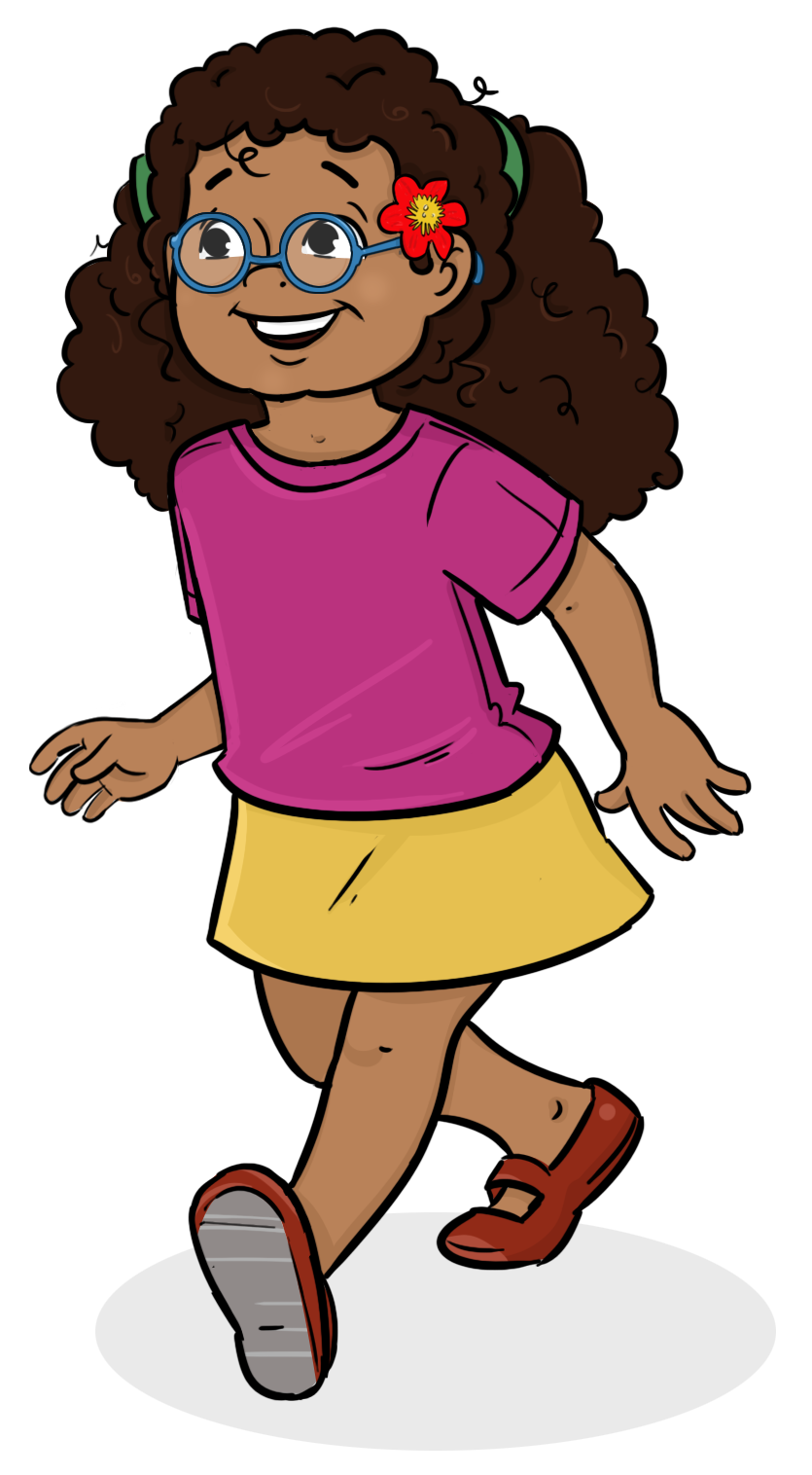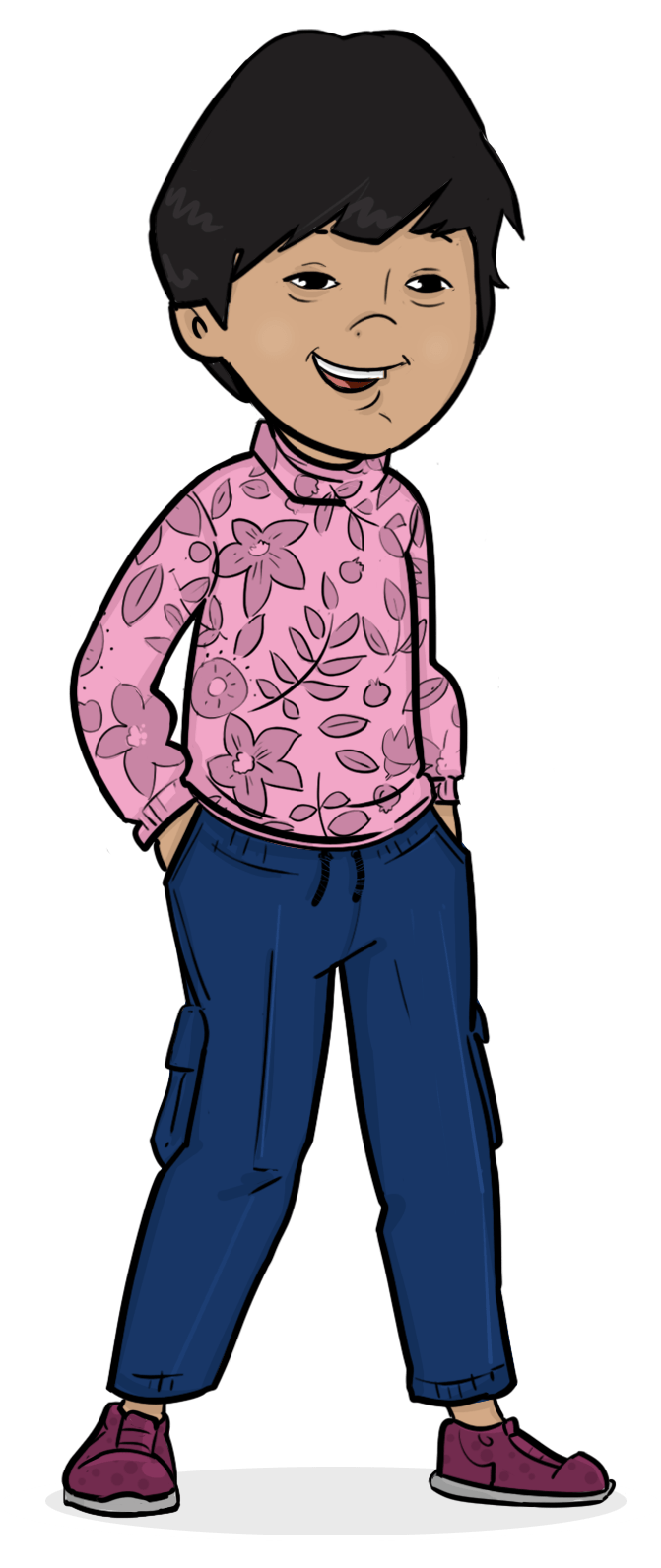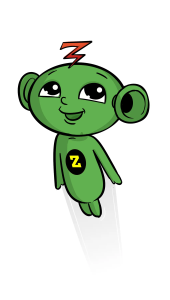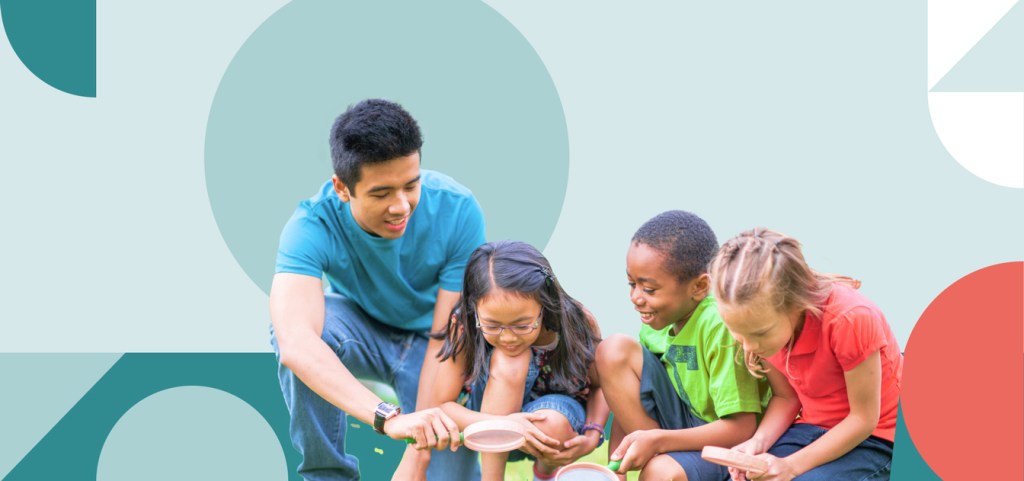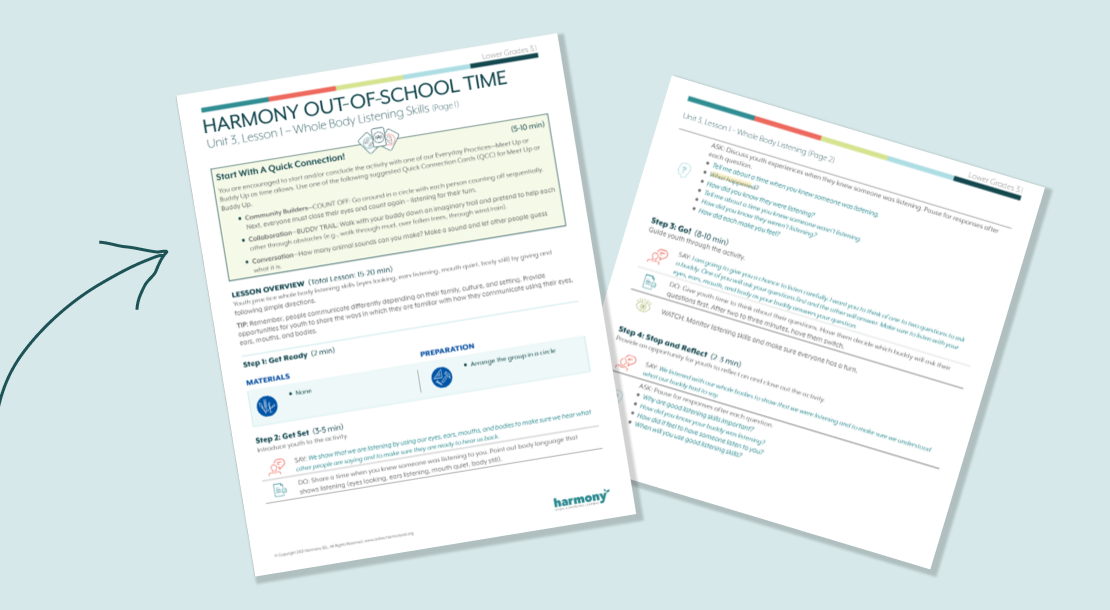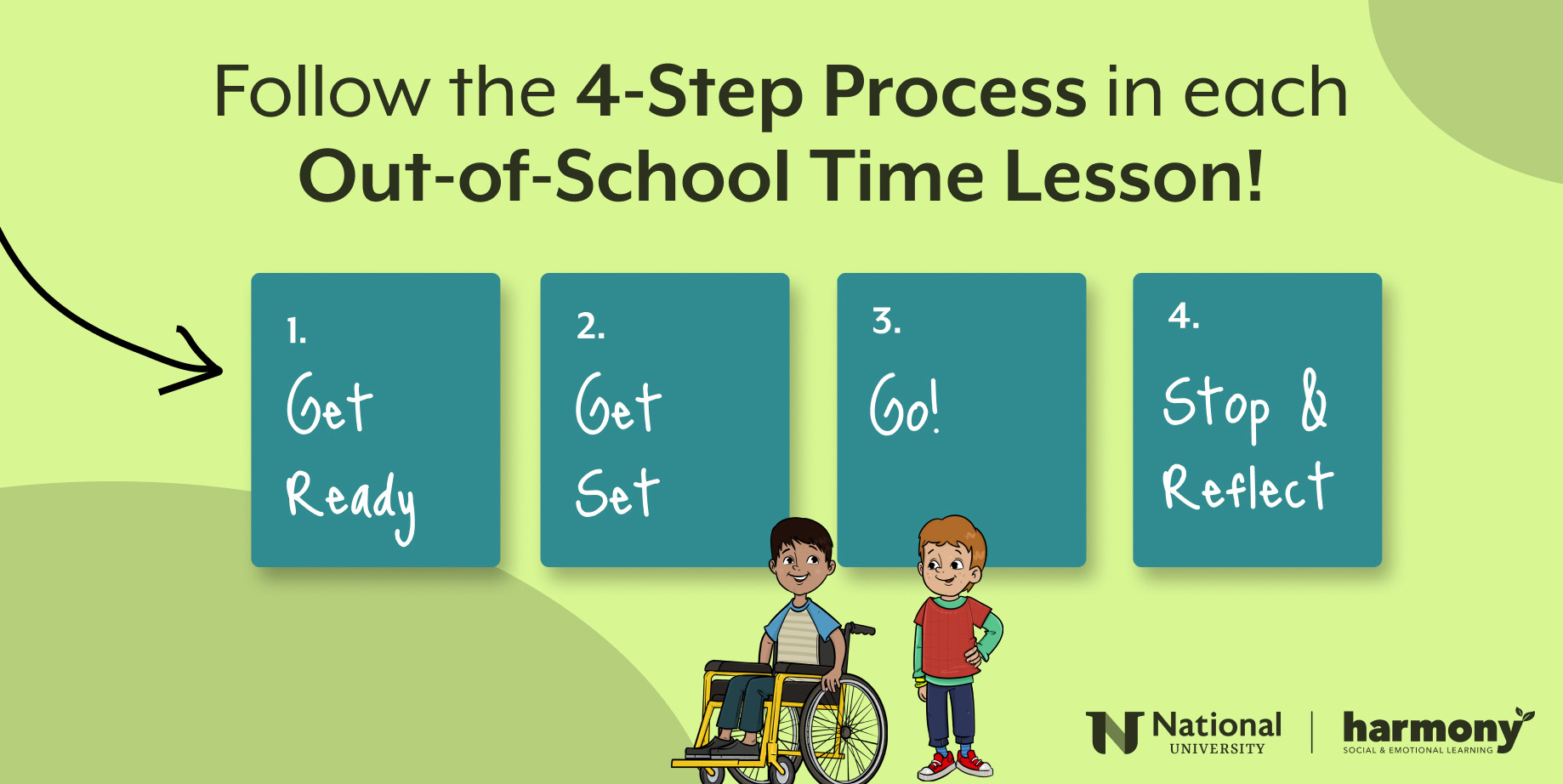Harmony Academy curriculum is helping strengthen the Long Beach community
A national award for excellence in video content is bringing attention to the success of two Long Beach educators who use SEL curriculum to strengthen relationships in their classroom and cultivate a safer, more productive learning environment for their students—at a time when the Long Beach community has faced tragedy and challenges.
Mary Seidman and Yurrika Salazar, teachers at Lafayette Elementary are featured in a video produced by Harmony Academy, a program of National University dedicated to a holistic approach to SEL that fosters an environment where individual growth is intertwined with community empowerment.
“I feel privileged and blessed because I get to see the change, the happiness the kids show,” said Salazar in the video. Salazar says it’s important to “build that relationship where the kids can come to me and tell me what’s going on—because it’s not always great. But we can build that here.”
Several schools in the Long Beach Unified School District were first introduced to Harmony Academy’s curriculum in the 2018-2019 school year and fully launched Harmony across all campuses. “The students themselves were telling us in their surveys that they needed a robust program like Harmony to improve their life skills, their social skills, and their self-awareness,” says Seidman.
Some neighborhoods have experienced an increase in violent crimes. These kinds of challenges take a significant toll on students, teachers, administrators and families and can lead to academic struggles, absenteeism, conflict and even physical altercations. SEL has been shown to be effective in helping students navigate isolation and cultivate a feeling of safety and inclusion (Greenberg et al., 2017). A meta-analysis of 213 interventions in kindergarten through 12th grade reported significant effects of SEL on positive social behavior, conduct problems, and academic performance (Durlak et al., 2011).
“I’ve just seen such a great improvement in relationship skills with the students,” said Salazar, describing the impact of the program. “When they’re on the playground or the soccer field, where it gets pretty physical, <the lessons> have traveled into it. They can say ‘OK, I didn’t win this one. Tomorrow. I’ll get you tomorrow.’”
The Harmony Curriculum—instructional tools and classroom resources tailored for Pre-K to 6th- grade educators—is developed to be a catalyst for positive change, shaping empathetic, confident, and successful lifelong learners. Its activities and approaches go beyond the basics of academic learning to address essential conditions for student learning—including nurturing social and emotional skills, and fostering the healthy relationships that Seidman and Salazar say have helped them make a difference for the daily school experiences for themselves and their students.
“There is nothing like video to convey the emotion behind the great work being done in classrooms across the country using the Harmony curriculum,” said National University President Mark Millron. “What’s most important though is the story being told—of schools and educators using Harmony to help their students grow as whole people academically and emotionally. I’m incredibly proud of the impact our curriculum is having in Long Beach and around the country.”
Research found that fifth-grade students who participated in Harmony lessons and activities experienced positive outcomes in their peer relationships, academic achievements, and social and emotional development (DeLay et al., 2016; Miller et al., 2017). The lessons include recognizing their own and others’ emotions, empathy and caring for others’ feelings, communicating in different settings, and working together to constructively solve problems. The video, which was filmed in 2023, received a silver Telly Award for editing of branded content in May. Each year, the Telly Awards honor video and television across all screens and receive over 13,000 entries globally. Previous Telly Award winners have included, Bloomberg, Discovery Communications, the Golden State Warriors, Microsoft, NASA, National Geographic, and WSJ.
About Harmony Academy
For more than a decade, Harmony Academy has been a leader in social and emotional learning. We offer dynamic SEL solutions for teachers, families and communities that are research-backed and grounded in rigorous evaluation. Today, Harmony is transforming the lives of more than 22 million students in 57,000 schools and organizations across 50 states and 88 countries.
About National University
National University, a Veteran-founded nonprofit, has been dedicated to meeting the needs of nontraditional, working, and military students by providing accessible, affordable higher education opportunities since 1971. As San Diego’s largest private nonprofit university, NU offers 190+ online and on-campus programs, including bachelor’s, master’s, and doctoral degree programs in cybersecurity, with flexible four-week and eight-week classes and one-to-one graduate education models designed to help students reach their goals while balancing busy lives. Since its founding, the NU community has grown to 130,000 learners served per year—50,000 degree-seeking students and 80,000 workforce and professional development students—and 230,000 alumni around the globe, many of whom serve in helping industries such as business, education, health care, cybersecurity, and law and criminal justice. Additionally, NU is recognized as a Center of Academic Excellence in Cyber Defense Education by the National Security Agency. To learn more about National University’s new possibilities in education including next-generation education, value-rich education, and whole human education, visit NU.edu.
